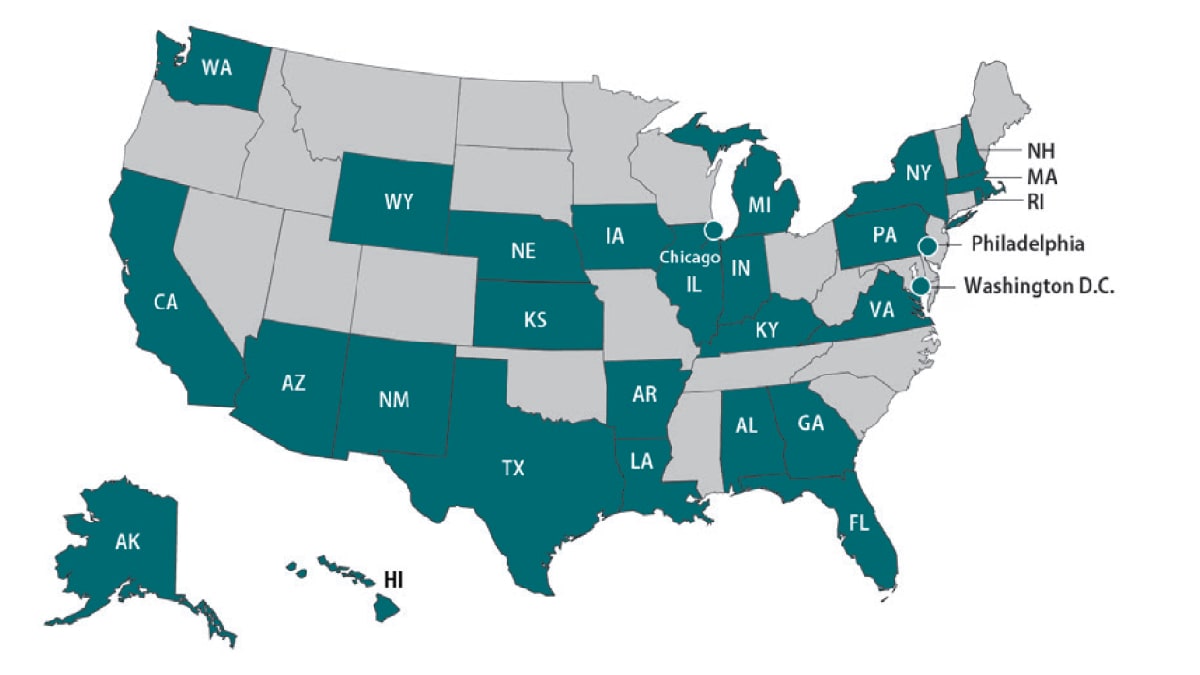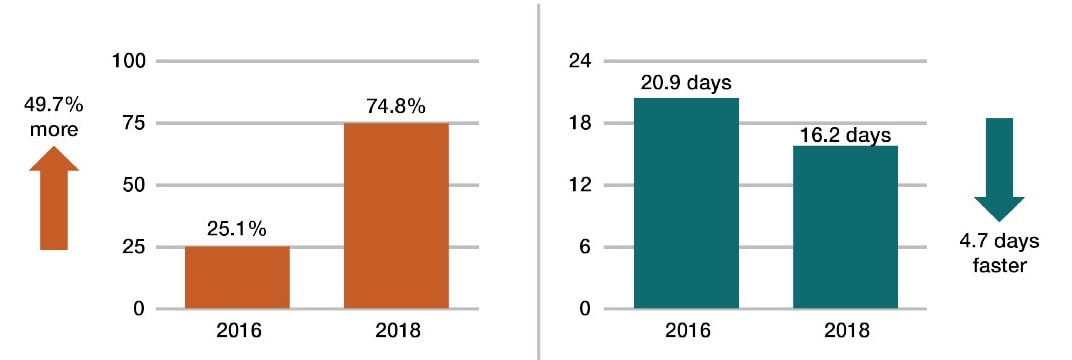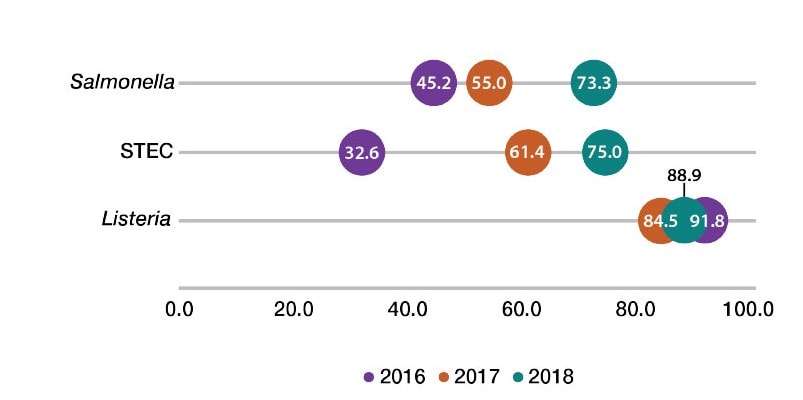What to know
OutbreakNet Enhanced (OBNE) is a Centers for Disease Control and Prevention (CDC) program that is designed to provide support to state and local health departments to improve their capacity to detect, investigate, control, and respond to enteric disease outbreaks. OBNE started in August 2015 with 11 sites and expanded in 2016, 2017, and 2018 to a total of 29 sites. Iowa, Kentucky, and Wyoming joined the program in 2018.

Highlights
Program overviews and activities supported by OBNE funds were presented at scientific conferences, programmatic meetings. OBNE sites shared their accomplishments during monthly calls to learn about the strategies other sites have used to improve their processes.
Program activities were also shared through six success stories that were published to the OBNE website in 2018:
- Regional Trainings on Enteric Outbreak Investigations in New York
- Collaboration Leads to Control of Massachusetts E. coli Outbreak
- Connecting and Empowering Enteric Disease Investigators in Arizona
- Kansas Implements Centralized Interviewing Program
- Joint Assessments Improve Outbreak Response in Chicago
- California and Washington Craft Toolkits to Tackle Norovirus Outbreaks
Program performance
OBNE performance metrics have been collected since 2016 to document the burden, timeliness, and completeness of enteric disease outbreak activities. Sites report metrics annually on both laboratory and epidemiologic aspects of outbreak investigations. Metrics are reported for Salmonella, Shiga toxin-producing Escherichia coli (STEC), and Listeria (SSL metrics), and optionally for Shigella and Campylobacter. The metrics are revised as needed to best meet program needs.
Select 2018 Metrics for Salmonella, STEC, and Listeria (SSL)
- More than 50,000 cases reported
- Over 1,400 clusters detected
- Average of 2.0 days to initial interview attempt
OBNE sites increased the percent of SSL cases with WGS testing while decreasing the time from isolate receipt to sequence upload to PulseNet.

OBNE sites increased the percent of SSL cases with a full shotgun or exposure history, among cases with an exposure history obtained.

